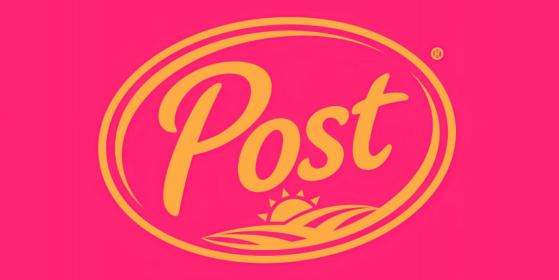Packaged foods company Post (NYSE:POST) missed analysts' expectations in Q1 CY2024, with revenue up 23.4% year on year to $2.00 billion. It made a non-GAAP profit of $1.51 per share, improving from its profit of $1.10 per share in the same quarter last year.
Is now the time to buy Post? Find out by reading the original article on StockStory, it's free.
Post (POST) Q1 CY2024 Highlights:
- Revenue: $2.00 billion vs analyst estimates of $2.03 billion (1.5% miss)
- EPS (non-GAAP): $1.51 vs analyst estimates of $1.29 (17.2% beat)
- Gross Margin (GAAP): 29%, up from 25.5% in the same quarter last year
- Sales Volumes were down 5.1% year on year
- Market Capitalization: $6.36 billion
Shelf-Stable FoodAs America industrialized and moved away from an agricultural economy, people faced more demands on their time. Packaged foods emerged as a solution offering convenience to the evolving American family, whether it be canned goods or snacks. Today, Americans seek brands that are high in quality, reliable, and reasonably priced. Furthermore, there's a growing emphasis on health-conscious and sustainable food options. Packaged food stocks are considered resilient investments. People always need to eat, so these companies can enjoy consistent demand as long as they stay on top of changing consumer preferences. The industry spans from multinational corporations to smaller specialized firms and is subject to food safety and labeling regulations.
Sales GrowthPost is one of the larger consumer staples companies and benefits from a well-known brand, giving it customer mindshare and influence over purchasing decisions.
As you can see below, the company's annualized revenue growth rate of 12.8% over the last three years was solid for a consumer staples business.
This quarter, Post generated an excellent 23.4% year-on-year revenue growth rate, but its $2.00 billion in revenue fell short of Wall Street's high expectations. Looking ahead, Wall Street expects sales to grow 6% over the next 12 months, a deceleration from this quarter.
Volume Growth Revenue growth can be broken down into changes in price and volume (the number of units sold). While both are important, volume is the lifeblood of a successful staples business as there’s a ceiling to what consumers will pay for everyday goods; they can always trade down to non-branded products if the branded versions are too expensive.
Post's average quarterly sales volumes have shrunk by 7.7% over the last two years. This decrease isn't ideal because the quantity demanded for consumer staples products is typically stable.
In Post's Q1 2024, sales volumes dropped 5.1% year on year. This result was a step in the right direction compared to its 11.1% year-on-year decline 12 months ago.
Key Takeaways from Post's Q1 Results We were impressed by how significantly Post blew past analysts' gross margin and EPS expectations this quarter. On the other hand, its revenue unfortunately missed Wall Street's projections as its sales volumes declined 5.1%, driven by 16.6% and 10.7% volume declines in its egg and cheese products, respectively. Despite the weaker sales, this quarter's results seemed fairly positive thanks to the better-than-anticipated profitability. The stock is flat after reporting and currently trades at $104.9 per share.
